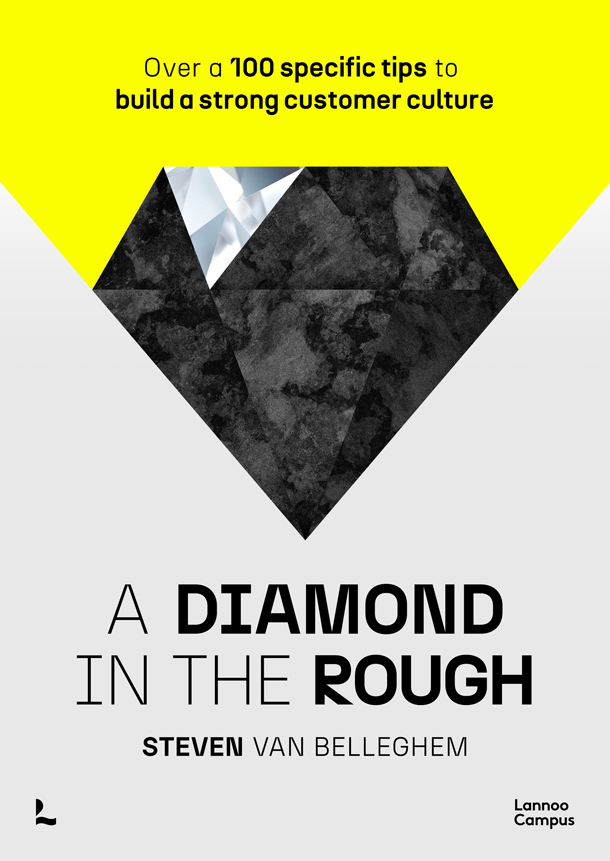
Customers are mainly interested in their own challenges. A company’s job is to help the customer with those challenges and provide value – in the current social and financial environment, we need positivity and a positive impact for our businesses more than ever.
Log In or become an AIMA member to read more articles
